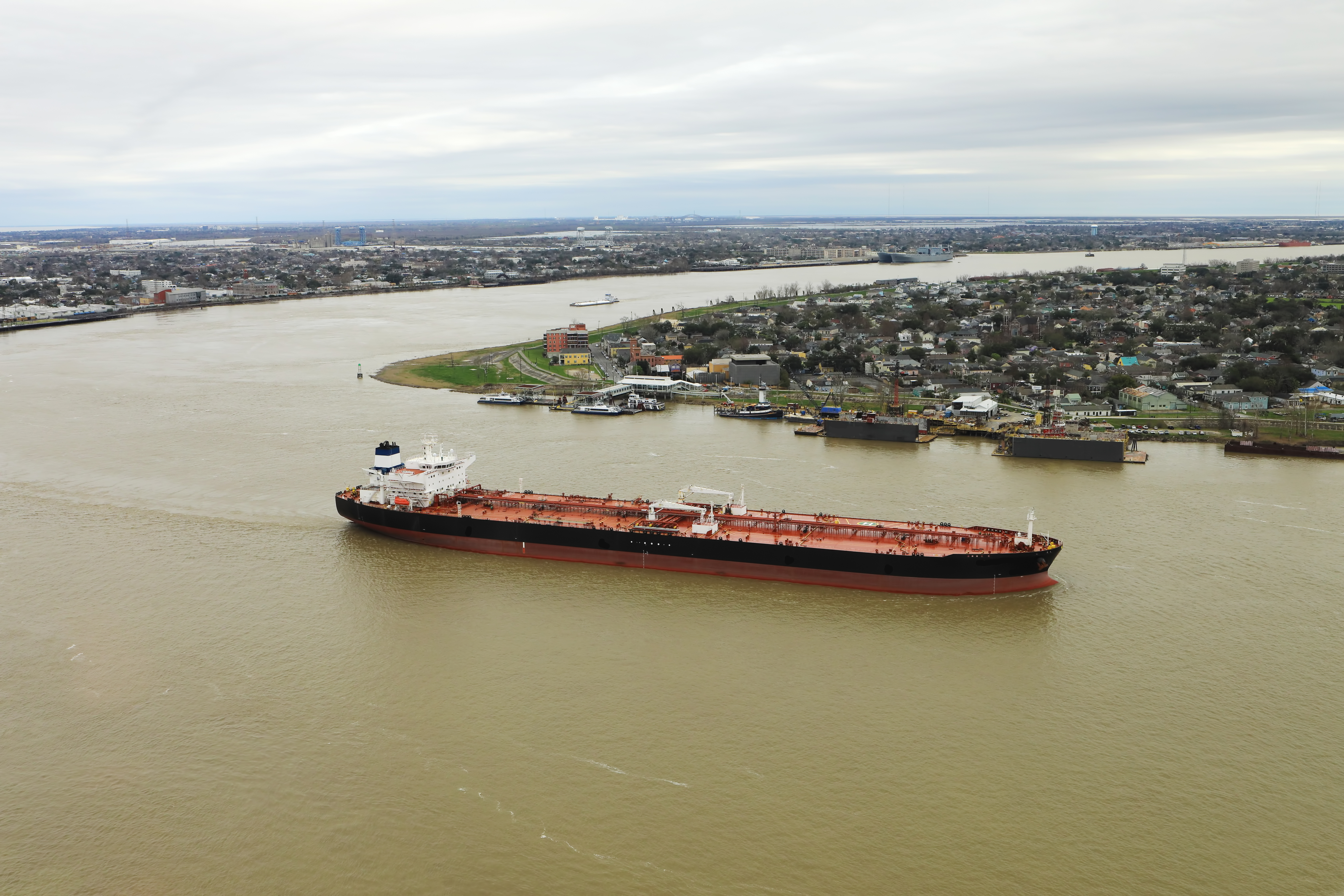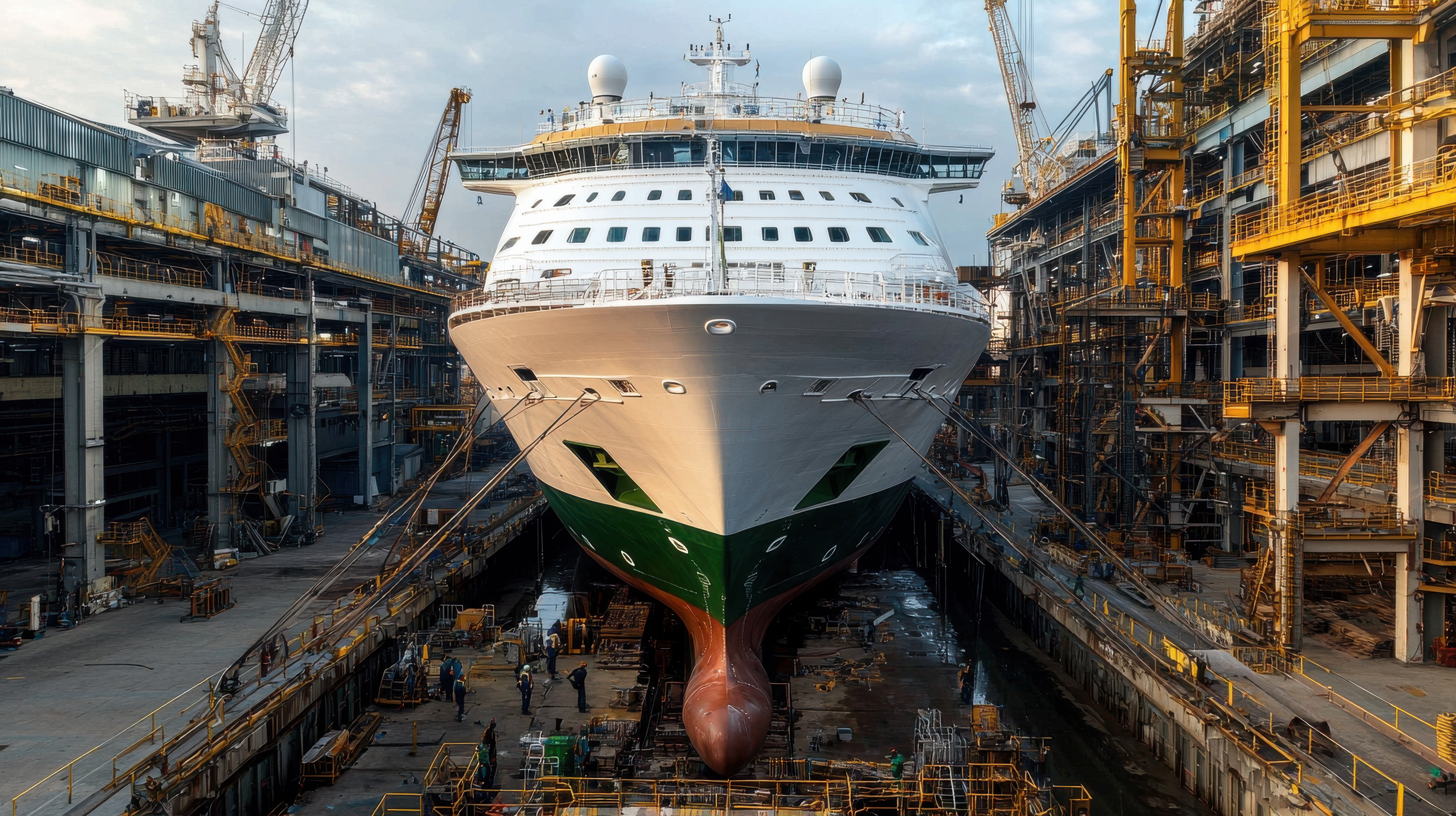The case reported below is one of many involving the expertise and experience of members of the SCD team. It highlights the importance of considering innovative solutions and the exercise of prompt and decisive action in reaching the best possible outcome. It also demonstrates the effectiveness of combining the Club expertise, in both the Singapore and London offices with that of the appointed consultants and surveyors.
Over a number of years the Club has issued a number of circulars and loss prevention bulletins focussing on the well known dangers arising from the carriage of nickel ore cargoes. Due to a continuing series of casualties involving ships carrying such cargoes, all the Clubs in the IG issued a circular in similar terms in June 2012. For the first time this circular made the mandatory notification of nickel ore loadings from Indonesia and the Philippines a requirement of the Club with failure to notify potentially prejudicing Club cover.
There has been a great deal of detailed advice provided by the Club in relation to the precautions that should be taken to minimise the risk when carrying nickel ore cargoes. However, in simple terms it is the moisture content of the cargo that is the key determinant of whether or not a cargo is likely to liquefy. The type of mining (whether open cast or not), local weather conditions and the method of storage are therefore all factors to consider before loading.
The rainy season in the Philippines started on 23rd June this year and by early July there were two ships experiencing difficulties having loaded nickel ore cargoes at Surigao, Philippines. One of those ships was entered in the UK Club.
Between 1st and 12th July, a cargo of about 54,000 mt of nickel ore was loaded for carriage to China. The cargo was presented for loading in barges, and prior to allowing any cargo on board, the crew carried out can, drop and grab tests on samples drawn from each of the barges, all of which indicated that the cargo was suitable for loading. In addition, the master was presented with certificates produced by the shipper, which recorded that the moisture content of the cargo, whilst high, was below the transportable moisture limit of 33%.
Three days after departure from Surigao the ship developed a 13 degree list to starboard. Upon opening the hatch covers, it was seen that the cargo in three of the holds had liquefied and over the following day the list became more severe, reaching up to 22 degrees. Fearing imminent capsize the crew abandoned ship and were picked up by the tug which by that time had reached the ship. Regrettably during the evacuation the chief officer suffered a heart attack and died.
By this time the Member had advised their Club servicing office in Singapore of the matter and, in conjunction with individuals based in the London office consideration was being given to how best to deal with the salvage of the ship and the cargo. The owners agreed an LOF contract and SCOPIC was immediately invoked by the salvors. The ship continued to drift, until she grounded by the stern off the north eastern coast of the Philippines, some 150 miles north of Manila. Fortunately the seabed consisted of sand, and the weather conditions remained benign after the grounding.
As an initial precaution the Managers and the Member resolved to remove the bunkers from the ship at the earliest opportunity, which operation was performed under the salvage contract. Initially, the salvors indicated that the cargo would have to be fully discharged from the ship before refloating could be attempted. This 'traditional' solution anticipated a drawn out operation presenting significant logistical challenges and carried huge risks were the weather conditions to deteriorate. To minimise such risks we immediately appreciated the importance of completing the salvage operation as soon as possible, investigating possible alternative solutions relating to the possibility of drying or stabilising the cargo.
Following full consideration of the possible methods of making the cargo safe and of the risks, specifically in relation to the continuing monsoon season, the salvors developed an innovative refloating plan which involved the redistribution of the cargo from hold nos. 2 and 4 into hold nos. 1, 3 and 5 using the ship's own cranes. This was anticipated to reduce the free surface effect of the liquefied cargo, providing sufficient stability to allow the ship to be refloated in relatively short order and towed to a port of refuge. Aided by relatively benign weather conditions the operation to redistribute the cargo went well, and 3 weeks later the ship was refloated and towed into a port some 60 miles south of the grounding location. Here she was redelivered to the Member by the salvors.
At that stage, negotiations took place with the shipper who agreed to accept redelivery of the cargo from the owner. Discharge was completed on 14th September, and the ship sailed on the following day for dry docking in China.
The second bulk carrier, which loaded cargo from the same port and was entered with another International Group Club, encountered similar difficulties and was forced to seek shelter at a port of refuge. According to the local Club correspondents, the cargo loaded on both ships was of a particularly high clay content, which made the usual can tests less effective in detecting a high moisture content.
This is a case where a pragmatic approach from the salvor together with swift decision making avoided what could very easily have developed into a major casualty. However such cases are best avoided and the requirement to notify the Club Managers whenever Members intend to load nickel ore cargoes is a continuing one. It should be the expectation on each occasion that an independent surveyor will be retained to assess the condition of the cargo, and that the Club will meet the costs of this surveyor as a loss prevention exercise, with the costs placed against the Member's loss record.





